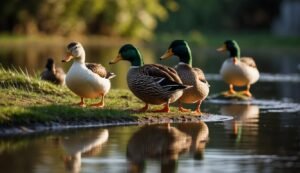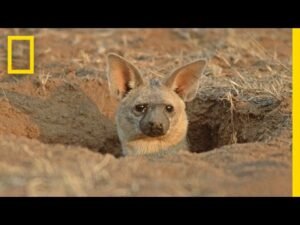What to Feed Ducks: Ditch the Bread for These Healthy Alternatives

Involves understanding their nutritional needs and mimicking their natural feeding behaviors to ensure optimal health and growth potential.
Animal behavior, conservation, and studies related to different species, including their social habits, intelligence, and interactions with humans and the environment.

Involves understanding their nutritional needs and mimicking their natural feeding behaviors to ensure optimal health and growth potential.

TL;DR: Approximately 55 African elephants are killed each day due to poaching and habitat destruction.

Llamas are large mammals known for their social nature, adaptability, banana-shaped ears, and ability to spit when threatened.

Asexual reproduction involves offspring arising from a single parent organism, inheriting their genes and resulting in genetically identical clones.

Geese are fascinating birds known for their distinctive honk, V-formation flight, and cultural significance, adaptable to various habitats worldwide.

Orcas, known as killer whales, exhibit advanced hunting tactics, with a particular interest in the nutrient-rich livers of sharks, showcasing their role as apex predators in the marine ecosystem.

The aardwolf (Proteles cristata) is an insectivorous mammal of the hyena family, characterized by its termite diet, nocturnal behavior, and non-aggressive nature.

Navigating the intricate world of animal classification reveals the vastness of life's diversity.

The global polar bear population is estimated between 22,000 to 31,000, with concerns of decline towards extinction by 2100.

When people talk about their furry companions, commonly referred to as dogs, they're speaking of a member of the species Canis familiaris.